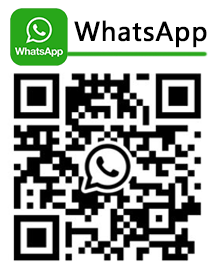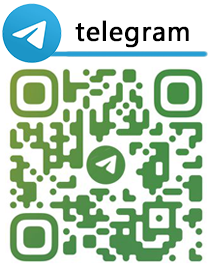what are some common signs of a fake website,What to Look For in a Fake Website?,what are some common signs of a fake website, Here are the best Marc Jacobs tote bag dupe on the high street from $15! These high quality alternatives dupe look like real Marc Jacobs! Subscribe. Home. Women. Women bags. Travel bags . If you want a Marc Jacobs tote bag dupe that looks exactly like the real thing, opt for this by dhgate.com, $26. SHOP: DHGate Tote Bag Brand Logo Bag, $26.

In today's digital age, the internet has become a vast marketplace where businesses and consumers interact daily. However, this also means that there are numerous fraudulent websites designed to deceive unsuspecting users. Knowing how to spot a fake website is crucial to protect yourself from potential scams. In this article, we will explore common signs of a fake website, provide solutions, and share real-life cases to help you navigate safely online.
Understanding Common Signs of a Fake Website
Common Signs of a Fake Website: One of the most obvious signs is poor design and layout. Legitimate websites usually have a professional appearance with consistent branding and easy navigation. Another indicator is the presence of grammatical errors and typos, which can suggest that the site is not well-maintained or lacks credibility. Additionally, if a website asks for sensitive information without proper security measures like HTTPS, it could be a red flag.
Domain Name and URL Analysis
Domain Name and URL Analysis: A quick way to identify a fake website is by examining its domain name and URL. Often, scammers use URLs that closely resemble legitimate ones but contain slight variations or misspellings. For instance, instead of "amazon.com," a fake site might use "amaz0n.com." Always double-check the URL before entering any personal information.
Check for Contact Information
Check for Contact Information: Legitimate websites typically provide clear contact details such as an email address, phone number, or physical address. If a website lacks this information or provides vague details, it may be a sign of a scam. It’s advisable to reach out through the provided contact methods to verify their authenticity.
Look for Trust Seals and Certifications
Look for Trust Seals and Certifications: Many reputable websites display trust seals and certifications from recognized organizations. These badges indicate that the site has undergone security checks and adheres to certain standards. However, it’s important to note that some fake sites may also display fake seals, so cross-reference these with official sources.
Read Reviews and Testimonials
Read Reviews and Testimonials: Before making a purchase or sharing personal information, read reviews and testimonials from other users. Websites like Trustpilot and Sitejabber offer platforms where customers can share their experiences. Although some fake sites may fabricate positive reviews, negative feedback can still be a valuable indicator.
Step-by-Step Guide to Identifying Fake Websites
- Inspect the Design: Look for inconsistencies in the layout, fonts, and images. Professional websites tend to have a cohesive design.
- Verify the URL: Ensure the URL matches the expected domain name and uses HTTPS.
- Check Contact Information: Verify if the website provides clear and verifiable contact details.
- Look for Trust Seals: Cross-reference displayed trust seals with official sources.
- Read Reviews: Check user reviews and testimonials for any red flags.
Comparative Analysis Table: Project A vs Project B
| Criteria |
Project A |
Project B |
| Design Quality |
Professional |
Poor |
| URL Consistency |
Correct Domain |
Misleading Domain |
| Contact Information |
Clear and Verifiable |
Vague and Unverifiable |
| Trust Seals |
Validated |
Fake |
| User Reviews |
Positive and Negative |
Overwhelmingly Positive |
Real-Life Cases and Experiences
Our Team's Experience: In 2025, our team discovered a fake website impersonating a popular e-commerce platform. The site used a slightly altered domain name and lacked proper contact information. By following the steps outlined above, we were able to identify the scam and alert other users.
Warning Block: Common Misconceptions
Note: Some users believe that a website must have a physical address to be legitimate. While a physical address is a good indicator, it is not always necessary. Scammers can easily provide fake addresses.
Practical Checklist for Spotting Fake Websites
- Inspect the design quality.
- Verify the URL consistency.
- Check for clear and verifiable contact information.
- Look for valid trust seals.
- Read user reviews and testimonials.

what are some common signs of a fake website Hence, the market for Dupe’s is like no other when it comes to Chanel Bag Dupes. Here, are three key designs to look out for when searching for your dream designer looking handbag. Chanel 2.55. The Chanel 2.55 or the flap bag was the very first handbag designed by the brand. The 2.55 Dupe’s offer the same great appearance and feel as the .
what are some common signs of a fake website - What to Look For in a Fake Website?




















































